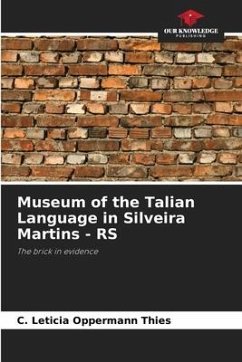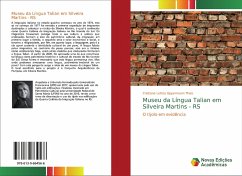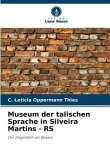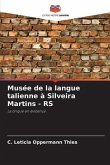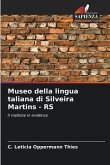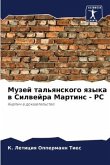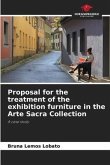The Italian immigration in the state of Rio Grande do Sul began in 1874, but only in the beginning of 1877 was sent the first expedition of immigrants destined to colonize the nucleus of Silveira Martins, which is known as the Fourth Colony of Italian Immigration in Rio Grande do Sul. The immigrants brought with them all their culture and values which, when arranged, formed the axis of the cultural heritage of immigration: in first place, the family, the second would be the economic and social value, the third, religiosity, and finally, in fourth place, language, because it is language that sustains the cultural identity of a people. The language spoken by immigrants, contrary to what it may seem, was not Italian as we know today, there were several dialects that mixed together to form the Talian language. Since 2009, a law was passed that recognizes this language as historical and cultural heritage of the state of Rio Grande do Sul. So it is necessary that this language remains alive. But where can we store a language, intangible heritage of a people? With this question comes the idea of a museum of the Talian language. The place chosen for the project is the Conjunto Arquitetônico da Pompeia, in Silveira Martins.
Bitte wählen Sie Ihr Anliegen aus.
Rechnungen
Retourenschein anfordern
Bestellstatus
Storno

